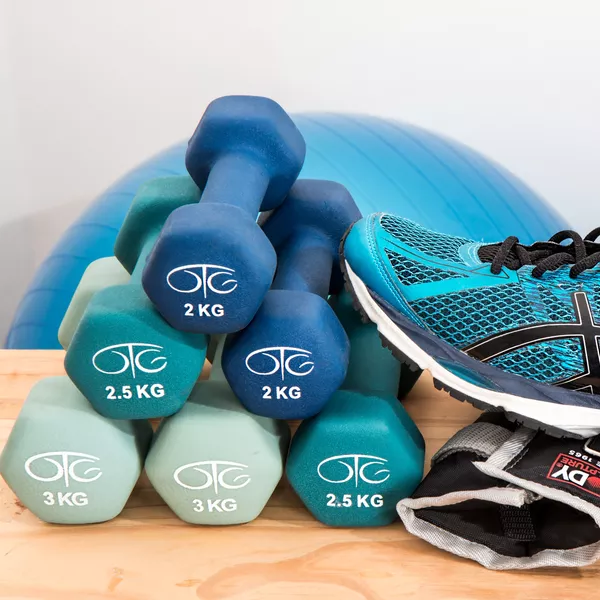
References
- Kessler HS, Sisson SB, Short KR. The Potential for High-Intensity Interval Training to Reduce Cardiometabolic Disease Risk. Sports Medicine June 2012 1;42(6), pp 489-509.
- Milanovic Z, Sporis G, Weston M. Effectiveness of High-Intensity Interval Training (HIT) and Continuous Endurance Training for V02max Improvements: A Systematic Review and Meta-Analysis of controlled Trials. Sports Med. October 2015, 45(10) :1469-81.
- Said MA, Abdelmoneem M, Almaqhawi A, Hamid Kotob AA, Alibrahim MC, Bougmiza I (2018) Multidisciplinary Approach to Obesity: Aerobic or Resistance Physical Exercise. J Exerc Sci Fit December 2018, 16(3), pp 118-123.
- Greer BK, Sirithienthad P, Moffatt RJ, Marcello RT, Panton LB (2015) EPOC Comparison Between Isocaloric Bouts of Steady-State Aerobic, Intermittent Aerobic, and Resistance Training. Res Q Exerc Sport June 2015, 86(2), pp 190-195.
- Schroeder EC, Franke WD, Sharp RL, Lee DC (2019) Comparative Effectiveness of Aerobic, Resistance, and Combined Training on Cardiovascular Disease Risk Factors: A Randomized Controlled Trial, PLoS One January 2019, 7;14(1).
- Armstrong MJ, Colberg SR, Sigal RJ (2015) Moving Beyond Cardio: The Value of Resistance Training, Balance Training and Other Forms of Exercise in the Management of Diabetes. Diabetes Spectrum February 2015, 28(1), pp 14-23.
About the author
Dr Susan Tyfield
Susan Tyfield is an evidence-based chiropractor who utilises a wide range of treatment techniques and rehabilitation in her sessions and has been practicing for over 13 years.







